By William E. Welsh
An hour before the sun reached its zenith on September 20, 1863, on the second day of a hard-fought battle on a sluggish stream in the north Georgia woods, Union Brig. Gen. Thomas Wood received an order from the head of the army to shift north to plug a gap in the Union line. Reluctant to disobey such an order, Wood complied. Neither he nor Maj. Gen. William Rosecrans, the Union commander, realized that there was no gap and that, unwittingly, Wood would be creating one. It would be the Union army’s undoing.
Opposite the gap Lt. Gen. James Longstreet, who had traveled with his corps by train from the Virginia theater, readied four divisions for a massed attack on the Union right wing. Earlier that day, he had assured one of his subordinates that the Confederates would “whip and drive [the Yankees] from the field” that day. He would make good on his promise.
Longstreet Launches His Sledgehammer Attack
Twenty minutes later, Longstreet’s sledgehammer attack involving more than 16,000 Confederates began. In the vanguard were Brig. Gen. Bushrod Johnson’s three brigades of Tennesseans and Arkansans. They crossed the Lafayette Road and entered the fields around the Brotherton House. Oddly, Johnson’s brigades received no fire to their front. They quickly overtook Wood’s Division and blasted it to pieces, charging and firing into Wood’s right flank and rear.
Confederate Maj. Gen. Thomas Hindman’s Division advancing on Johnson’s left routed Union Maj. Gen. Alexander McCook XX Corps. The XX Corps survivors, realizing they were cut off, fled north toward Chattanooga.
The “Rock of Chickamauga”
One Union general, XIV Corps commander Maj. Gen. George Thomas, who would earn the sobriquet “Rock of Chickamauga” that afternoon, rallied his corps and other miscellaneous units on Snodgrass Hill. His stand on the high ground bought time for many units to escape intact to fight another day.
Rosecrans’ disaster was a boon to the Confederates, which were hard pressed on all fronts at that time in the war and desperate for good news. But General Braxton Bragg, the commander of the Army of Tennessee, rejected the advice of his subordinates to immediately pursue Rosecrans to Chattanooga and drive his army from the city. It would be a mistake of colossal proportions, as later events would prove.
Visiting the Battle of Chickamauga & Chattanooga
The battlefield of Chickamauga is part of the sprawling, multi-site Chickamauga and Chattanooga National Military Park. Visitors traveling to Chickamauga on I-75 North from Atlanta should take exit 350 to Georgia 2 and follow signs to the park, while visitors traveling to Chickamauga on I-24 South from Chattanooga should take exit 180 to U.S. 27 and follow signs to the park.
The visitor center, which is located on the northern end of the battlefield, includes exhibits of 346 weapons and runs a 23-minute orientation film throughout the day. A seven-mile, self-guided auto tour of the park has eight major stops.
Two must-see stops on that tour are the site of the Confederate breakthrough at the reconstructed Brotherton House (stop 4), and Snodgrass Hill (stop 8) where Thomas fought a successful rearguard action against the triumphant Confederates.
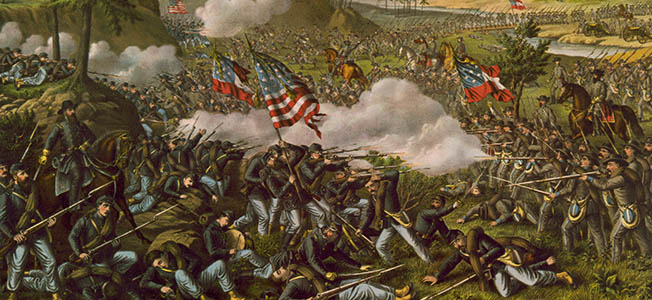
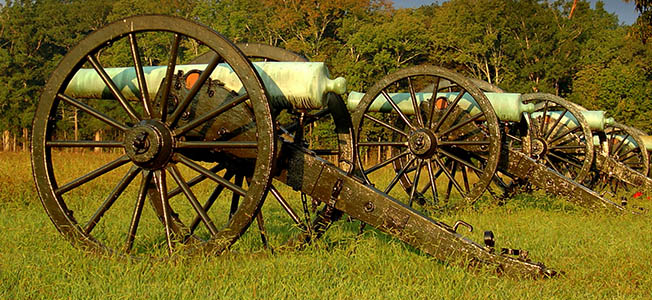
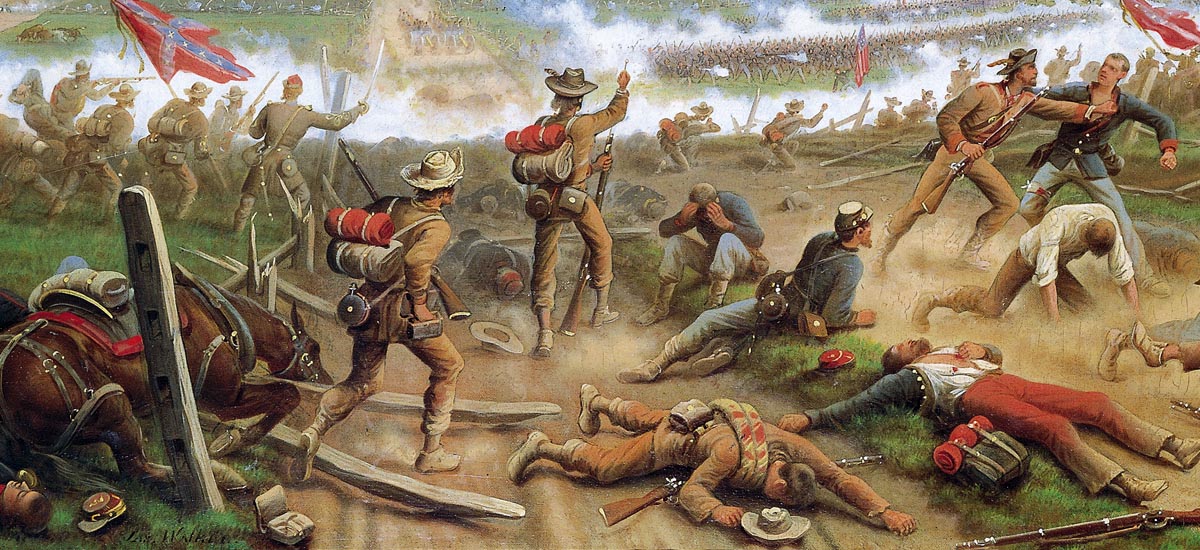
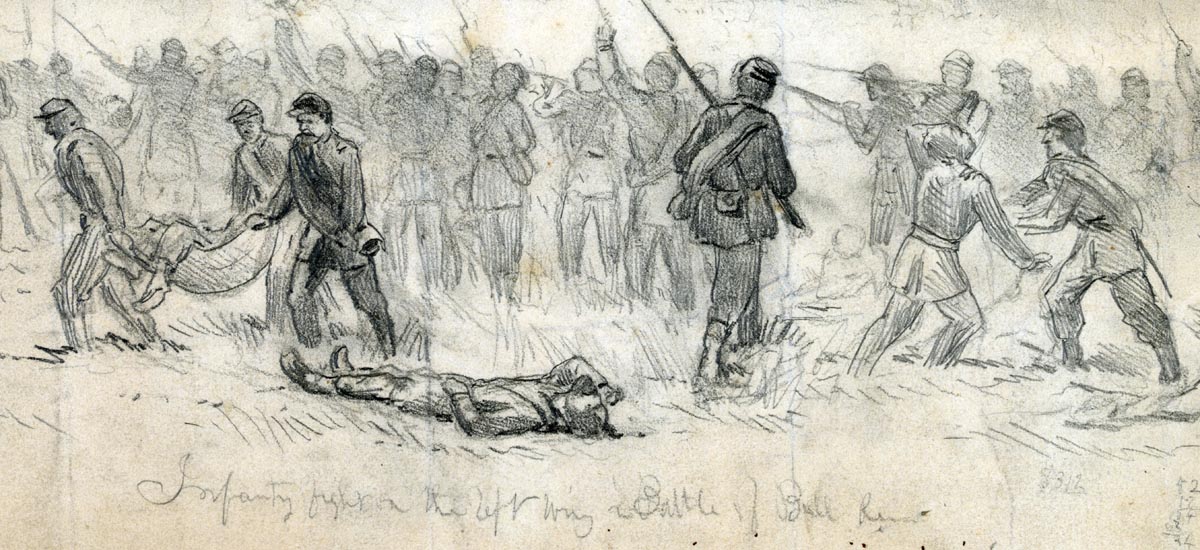
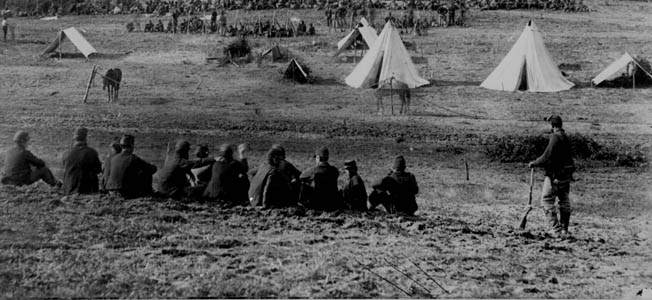
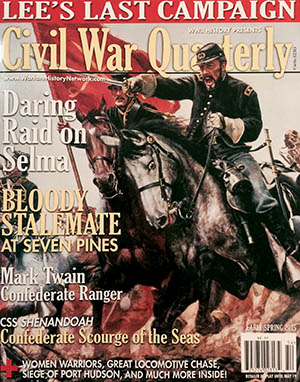
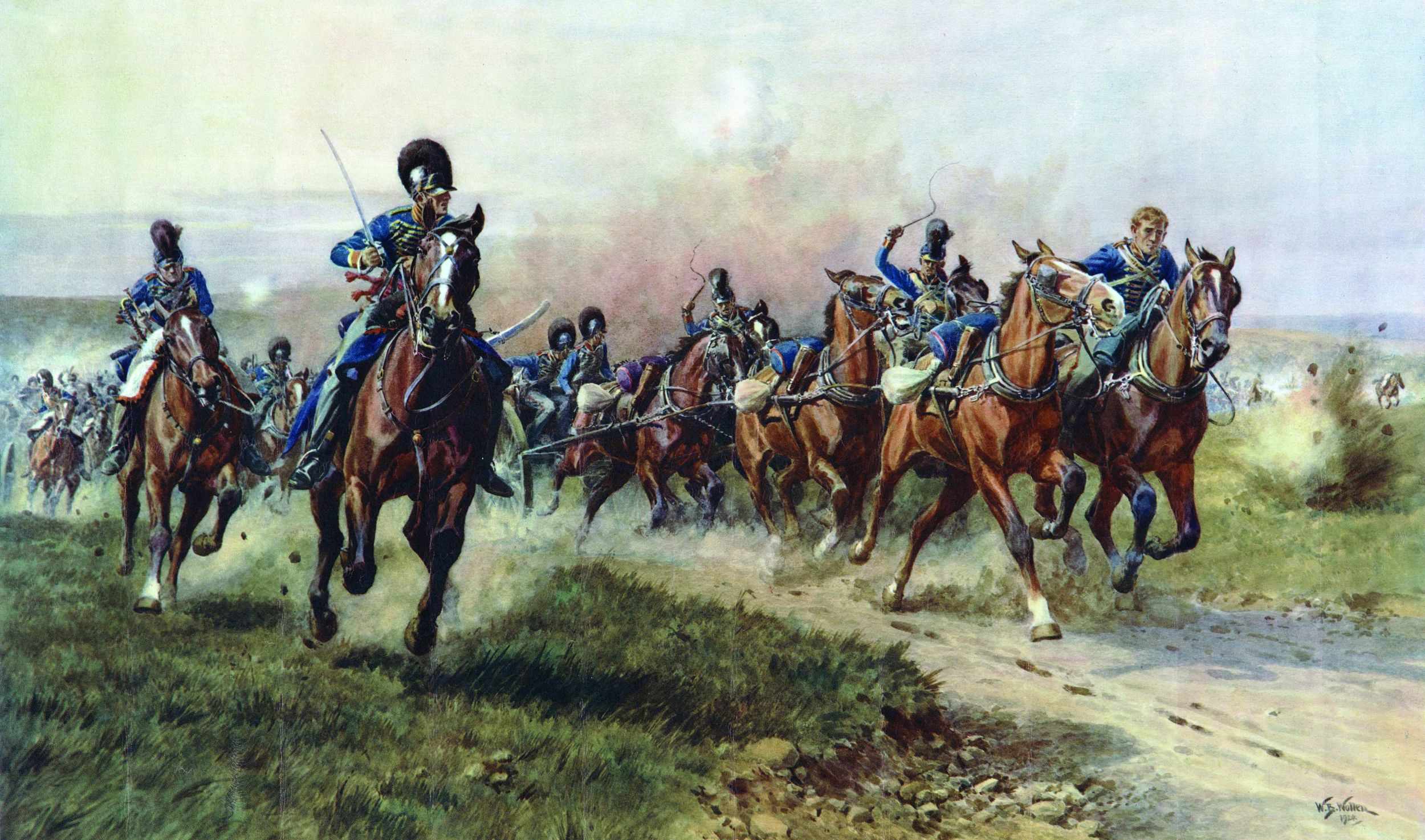
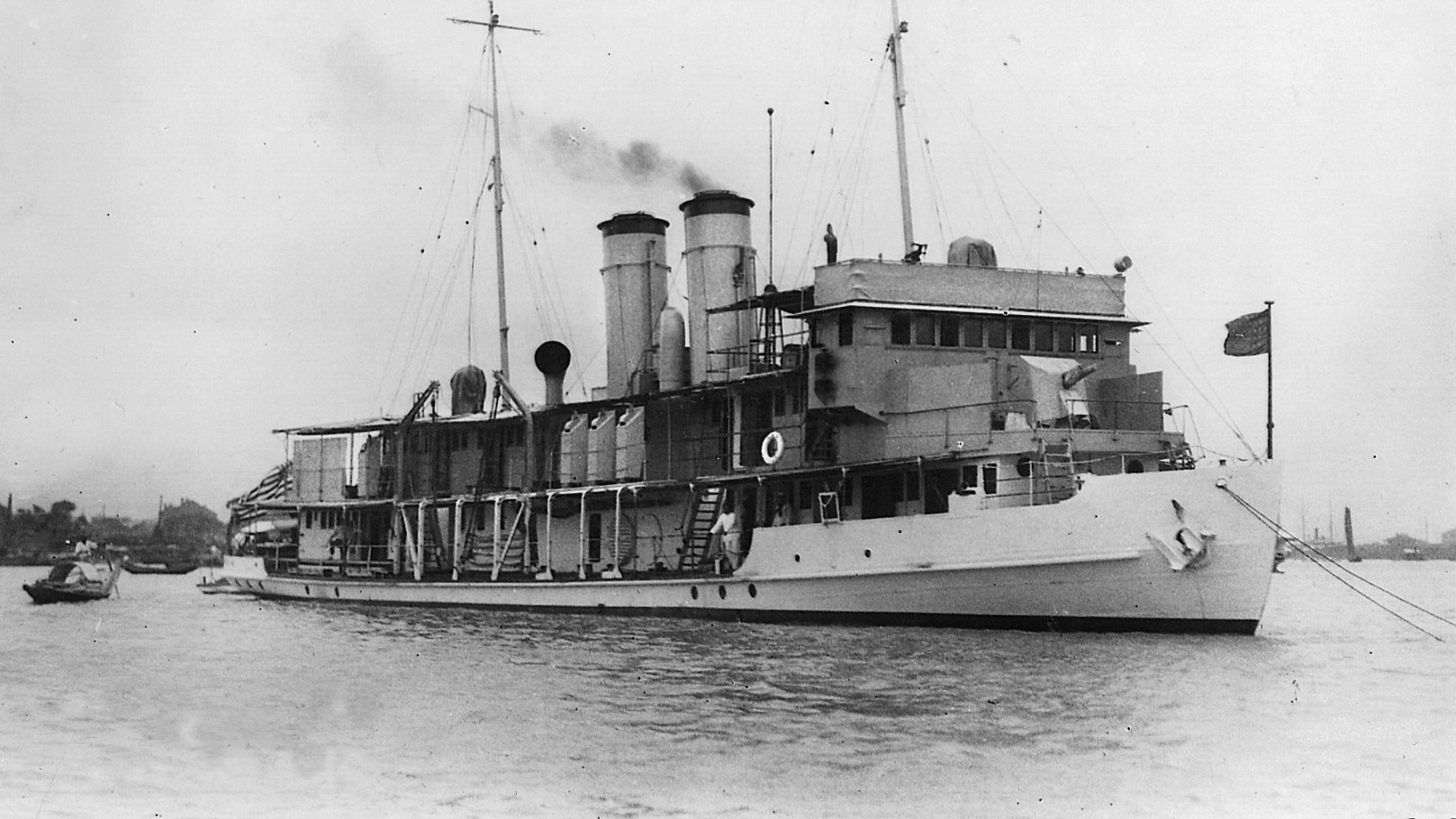
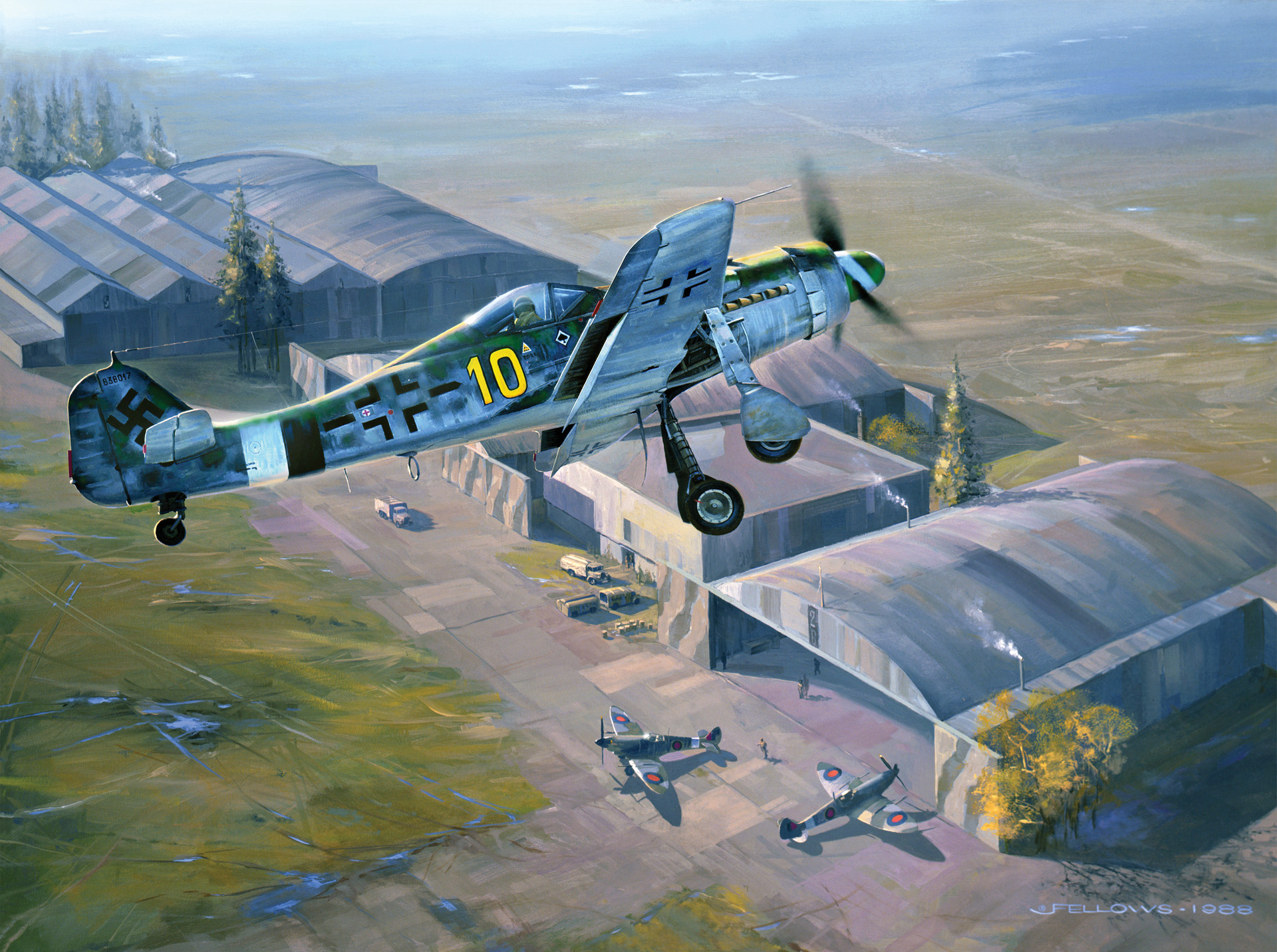
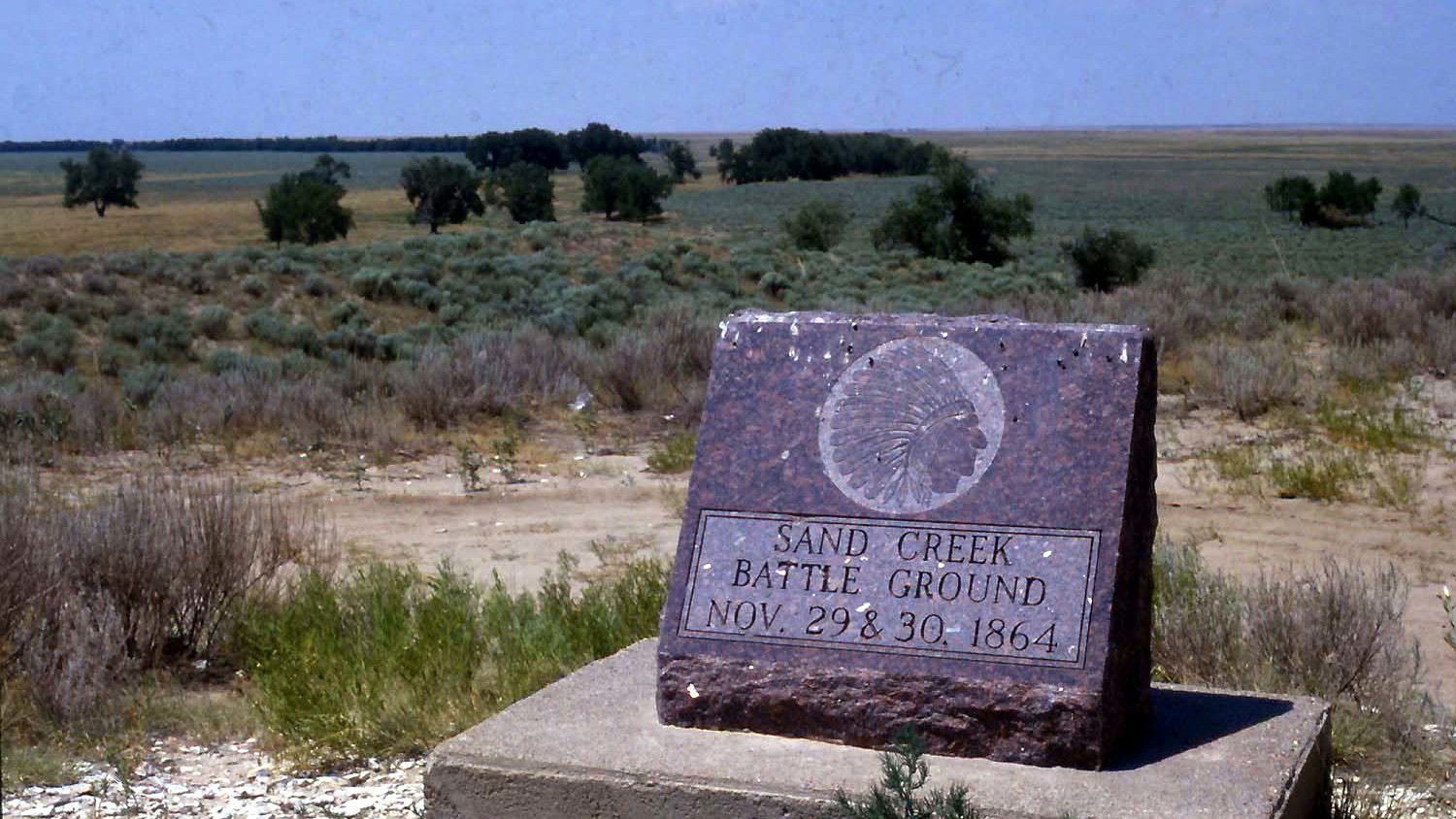
Join The Conversation
Comments
View All Comments